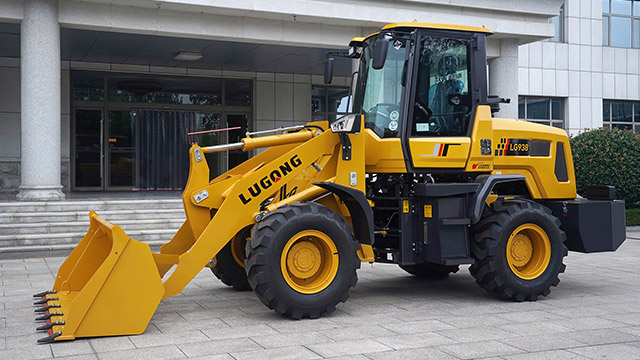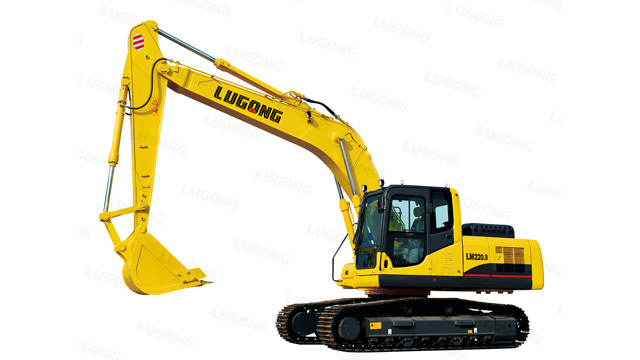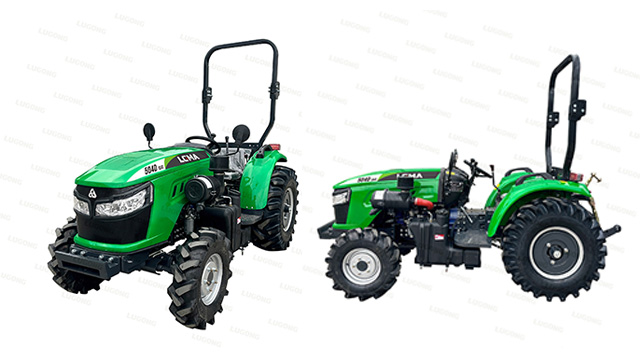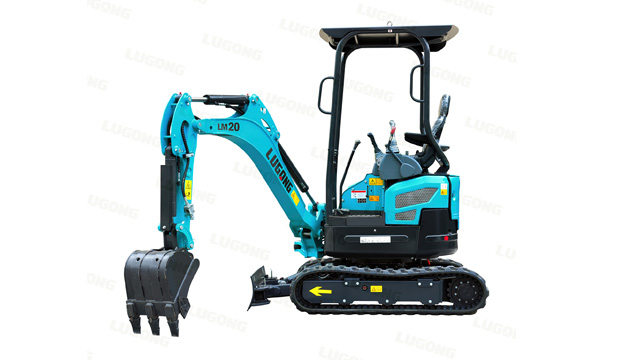The Development History of Wheel Loaders
Introduction:
Wheel loaders have revolutionized the construction and mining industries with their ability to efficiently move heavy materials. This article explores the development history of wheel loaders, highlighting key milestones and advancements in this essential machinery.

The Development History of Wheel Loaders
1. The Invention of the First Wheel Loader (1920s):
During the 1920s, the first wheel loader prototype was developed by James Cummings and J. Earl McLeod. This early machine consisted of a front-mounted scoop and a rear-mounted engine. Although it was not as powerful as modern wheel loaders, it laid the foundation for future innovations.
2. Hydraulic Systems Revolutionize Wheel Loaders (1940s):
In the 1940s, the introduction of hydraulic systems brought significant improvements to wheel loaders. The hydraulic system enabled the lifting and tilting of the loader bucket, enhancing its efficiency and productivity. This innovation also allowed for the development of larger and more versatile wheel loaders.
3. Introduction of Articulated Wheel Loaders (1960s):
In the 1960s, the concept of articulated wheel loaders was introduced. This design featured a pivot joint between the front and rear sections of the machine, allowing for improved maneuverability and mobility. Articulated wheel loaders quickly gained popularity due to their ability to navigate tight spaces and uneven terrains.
4. Integration of Electronic Controls (1990s):
The 1990s brought a significant advancement in wheel loader technology with the integration of electronic controls. These controls allowed for precise machine operation, improved fuel efficiency, and enhanced safety features. Electronic controls also facilitated the integration of advanced technologies, such as GPS and telematics, into wheel loaders.
5. Hybrid and Electric Wheel Loaders (Present):
In recent years, there has been a growing emphasis on sustainability and reducing carbon emissions. As a result, hybrid and electric wheel loaders have emerged as innovative solutions. These machines utilize a combination of electric motors and conventional engines or operate solely on electric power. Hybrid and electric wheel loaders offer reduced noise levels, lower fuel consumption, and decreased environmental impact.
Conclusion:
The development history of wheel loaders showcases a continuous drive for innovation and improvement. From the invention of the first wheel loader to the introduction of hydraulic systems, articulated designs, electronic controls, and now hybrid or electric models, each milestone has contributed to the efficiency, versatility, and sustainability of these essential machines. As technology continues to advance, the future of wheel loaders holds even more promise for the construction and mining industries.


